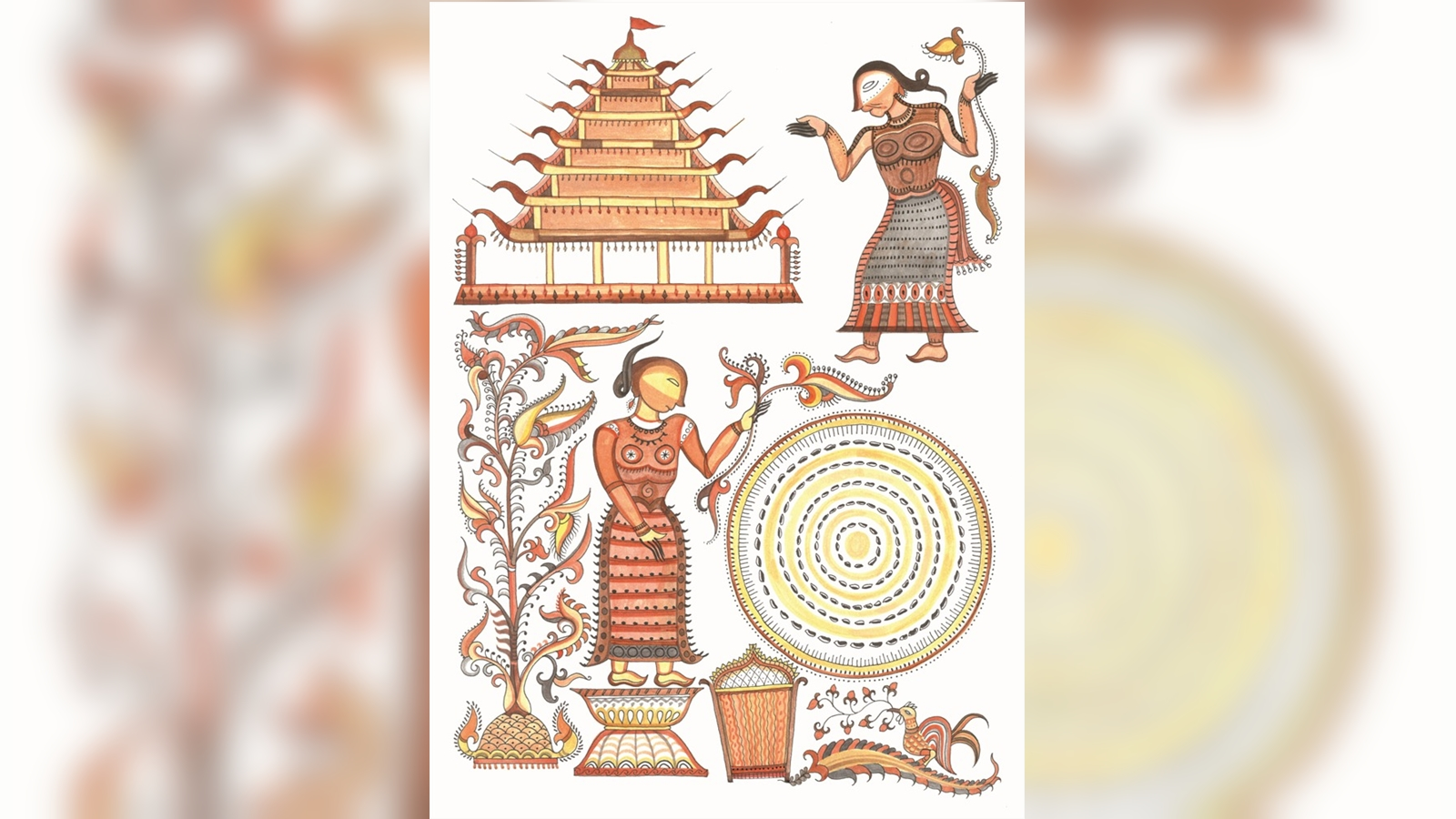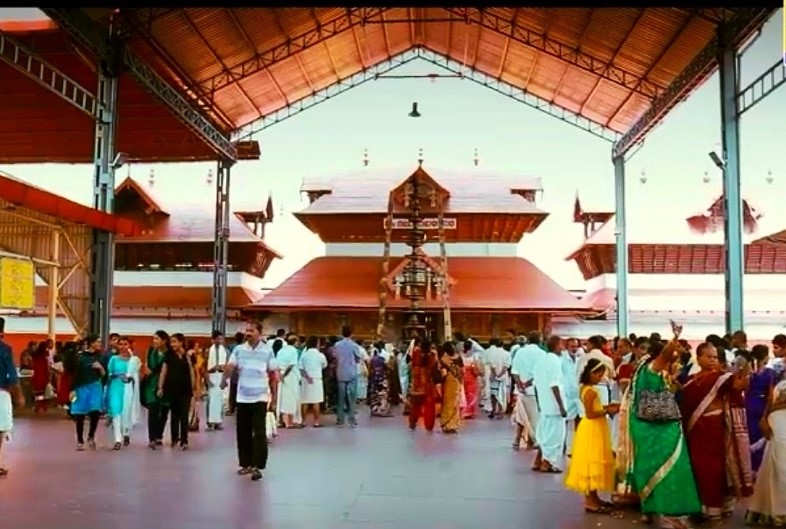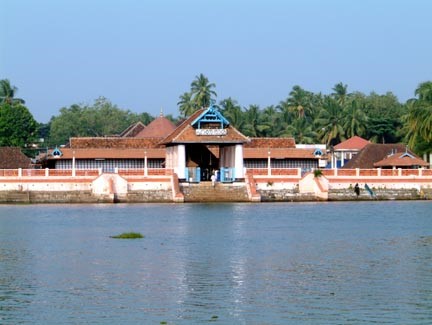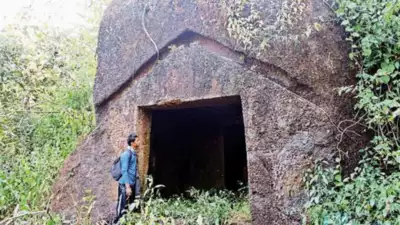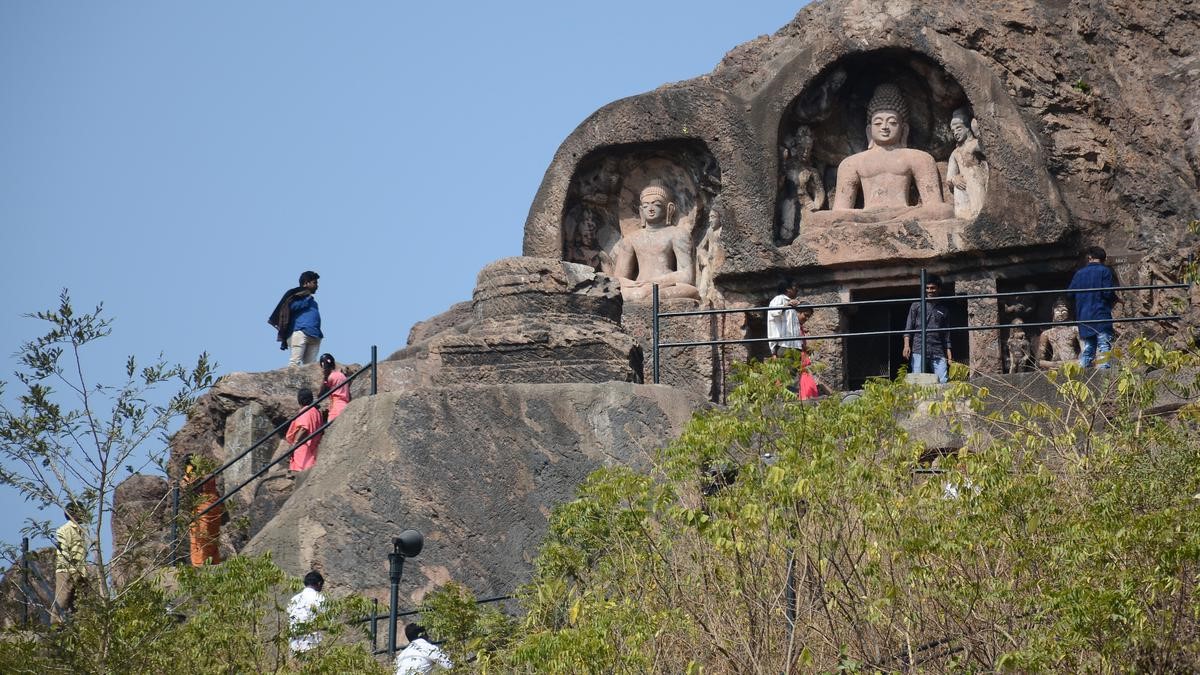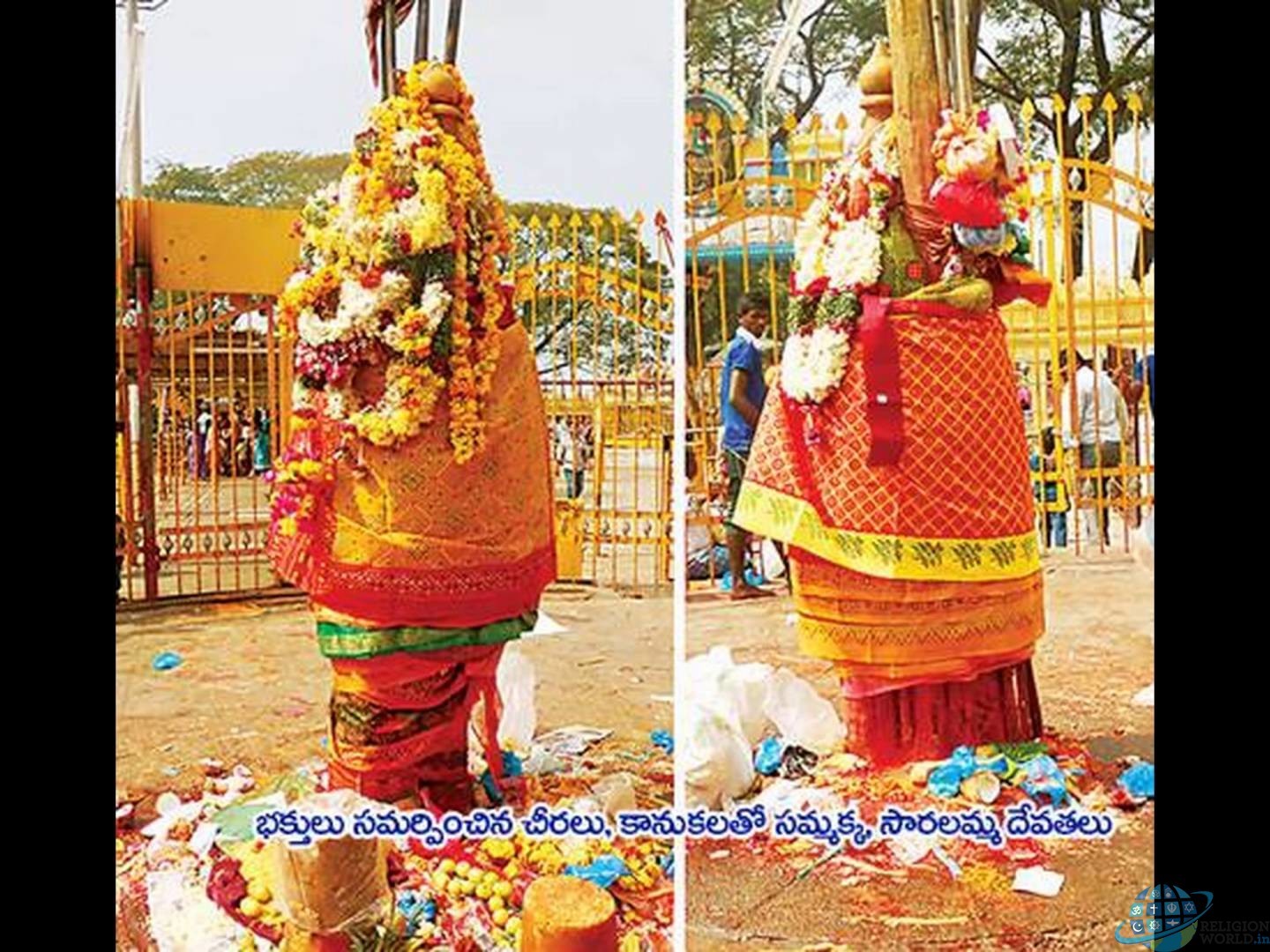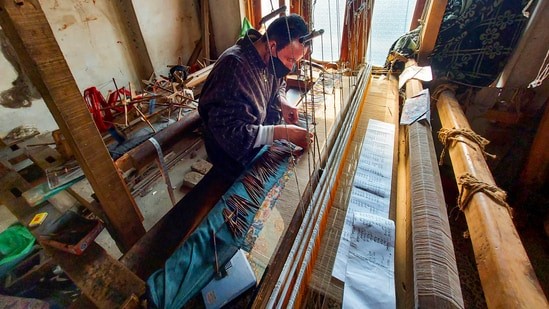Description
GS PAPER I: Indian culture will cover the salient aspects of Art Forms, literature and Architecture from ancient to modern times.
Context: A Durbar Move tradition of a century and a half is set to be broken in Jammu and Kashmir, with only “sensitive records” being taken from Jammu to Srinagar this summer, unlike in previous years when the entire administration and records would be shifted during “Durbar Move”.
Background:
- Durbar Move is a tradition started 149 years ago started by the erstwhile Dogra rulers who hailed from Jammu, but had expanded their boundaries to Kashmir including what is now Pakistan-occupied Kashmir, and Ladakh.
The tradition
- Durbar Move is a bi-annual shifting of the Civil Secretariat and other offices of the state government from Jammu to Srinagar in summer, and vice versa in winter.
- This is done as Jammu & Kashmir has two capitals: Kashmir during summer and Jammu during winter.
The reasons:
- Jammu, Kashmir and Ladakh are very different from one another geographically, linguistically and culturally, and in those days were poorly connected by road.
- It is generally understood that the Durbar Move was started to take the administration to the doorstep of the people of Kashmir, which is closer to Ladakh.
- During summer, ruling from Kashmir also helped in ensuring adequate supplies to Ladakh, which is closer to Kashmir than Jammu, before the winter snowfall would cut off Ladakh.
- The practice also enabled greater interaction and bonding among the people of Jammu, Kashmir and Ladakh.
The effort
- Until 2019, the administration used to engage hundreds of trucks and buses for carrying office records and officials from one capital city to another.
- For safe transportation, the Jammu & Kashmir police and paramilitary forces would dominate the entire Jammu-Srinagar national highway.
- Apart from the expenses incurred on hiring trucks and buses, the moving staff also used to be paid TA and DA, besides arrangements for their accommodation.
The criticism
- Voices of protest started during the late 1980s, over the amount of money and time spent on the exercise. However, the practice also enjoyed public support.
- In recent years, many criticised the government for spending nearly Rs 200 crore on this exercise every year when it did not have enough funds even to pay salary to its employees.
- The Jammu & Kashmir High Court observed that there was no legal justification or constitutional basis for the Darbar Move tradition.
- The court recommended that in case the practice was rationalised, the resources and time saved could be utilised towards the welfare and development of the UT; the money saved could also be used to address Covid-related issues like food shortage, unemployment and healthcare.
What next?
- The UT government has decided to switch to e-governance, will all office records converted into digital format.
- As a result, while the Secretariat employees and some offices will move from Jammu to Srinagar as usual this year, only sensitive records will be shifted from one place to another.
https://indianexpress.com/article/explained/jammu-and-kashmir-sensitive-records-durbar-move-7265198/






